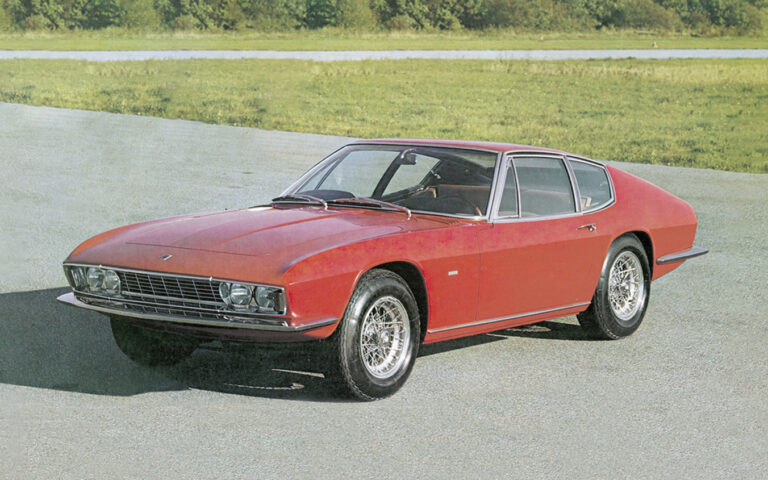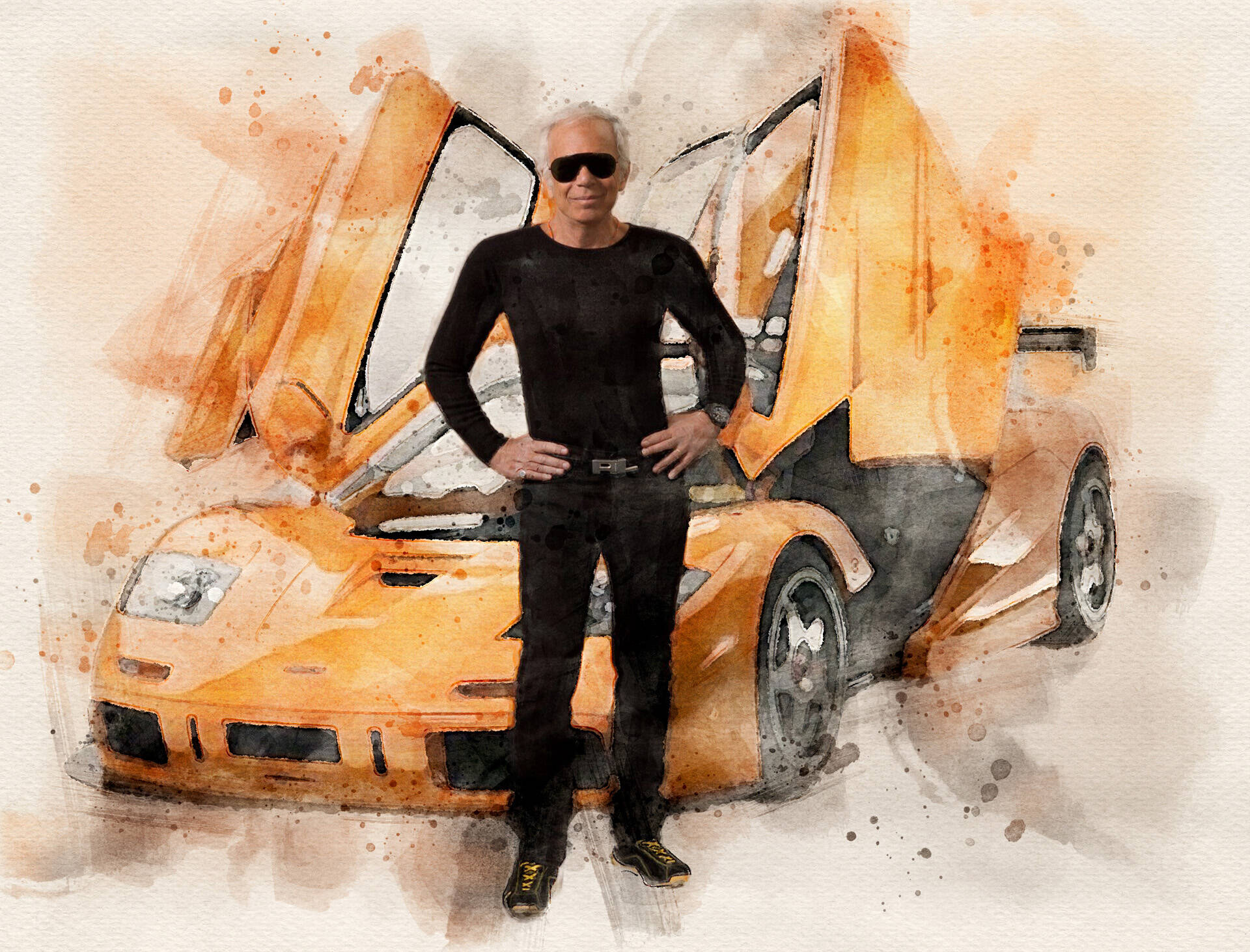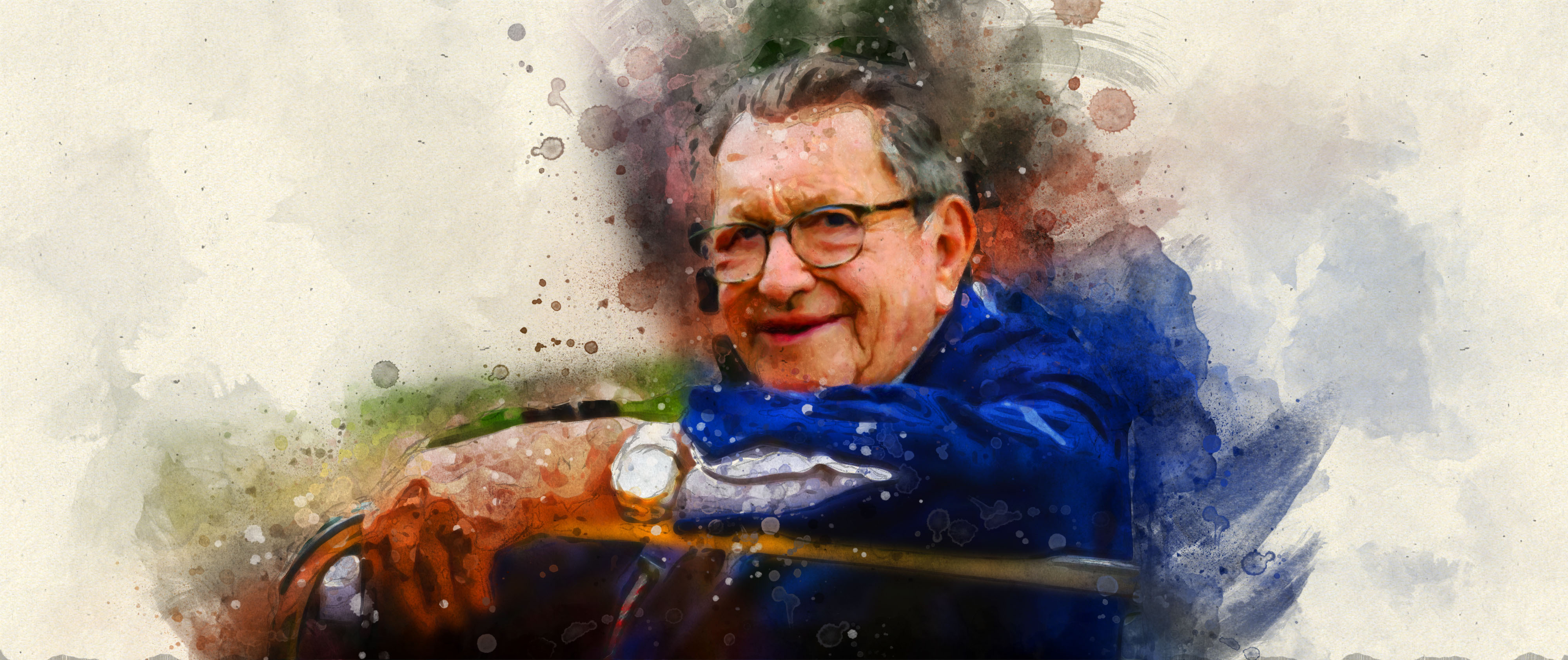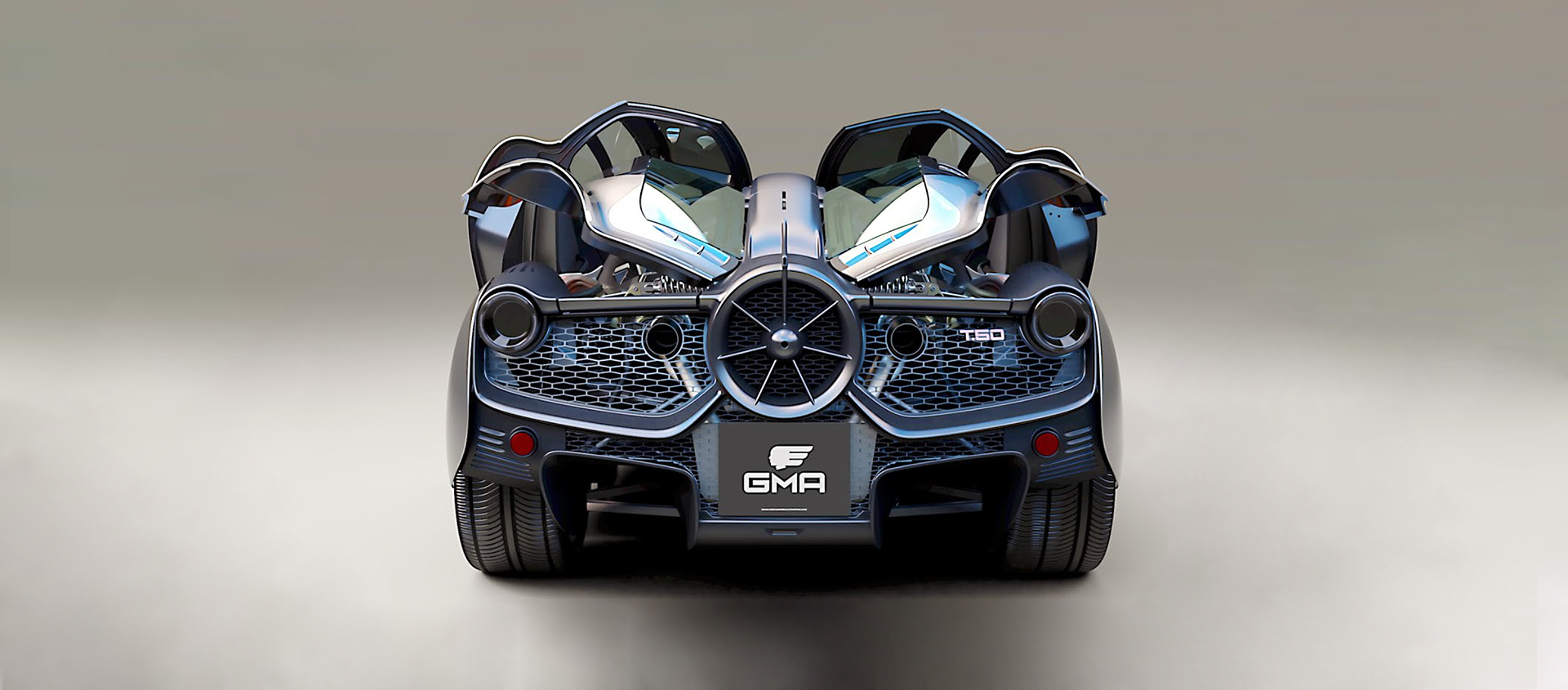Monteverdi. The Rarest Brands in the Top 100 Collections
04 February 2023 3 min read 7 images

Our journey to explore the rarest brands of The Key’s Top 100 Ranking collections continues with Monteverdi, a car manufacturer from Binningen in Switzerland that produced remarkable jewels from 1967 to 1984.
Register to unlock this article
Signing up is free and gives you access to hundreds of articles and additional benefits. See what’s included in your free membership. See what's included in your free membership.
Already have an account? Log In


